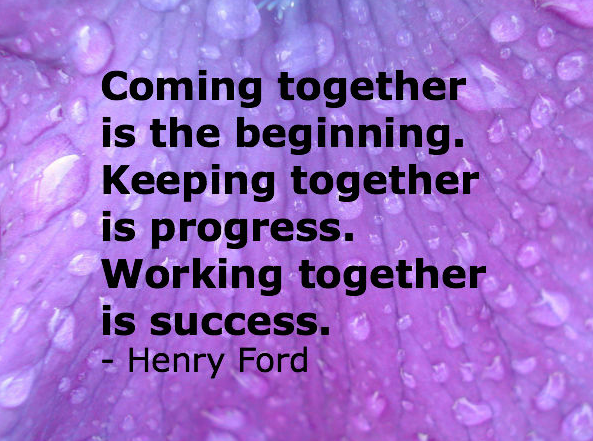FUTURE SUCCESS IS CONNECTION AND IMPACT
4-MINUTE READ
All too often, as leaders, we believe that our primary job is to have ALL THE ANSWERS! Yet, the truth is, at least for leader-making leaders, their focus is more on asking the right questions.
While it is imperative that leaders become proficient in asking the right questions of their colleagues, direct reports, etc. there are times when we really do have to have answers. For instance, when employees ask questions like, “Why are we doing this?” or “How does this impact the world for good?” the leader must be able to share an accurate answer.
So what is the secret to knowing the answer or even how to answer?
Well, that is precisely what our colleague and friend, Daniel James, from Story 19 Consulting, is going to help us navigate through at the Future Ready Summit. And thankfully he shares a few examples of what this looks like practically here.
Pulling for you,
Alan Andersen
HAVING KEY ANSWERS

Daniel James
Expert in optimizing your productivity and innovation through impactful communication.
Expertise:
- Defining Leadership’s Voice
- Delivering Impact & Healthy Culture
- Executive Coaching
There was a time in schools, on the field of play, and at the office, the question was, “what do I need to do?” But, as with all cultures, we are evolving, and a new question is blooming: “Why do I need to do this?” People in the workforce are transitioning to an impact-based outlook on the value of their role. How does my job impact the team, the bottom line, and my future? How does my company impact society? Future Ready Leaders are now in the position to have to answer these questions.
Impact
Communicating impact starts with understanding your own Ultimate Impact. Your Ultimate Impact is the primary effect you want to have on each individual you lead, the company as a whole, and the legacy to which you are tied. The foundation of your leadership communication should be connected to that Ultimate Impact to create consistency, authenticity, and believability.
If your communication can come from your Ultimate Impact it becomes much easier to create an impact for the people you lead. Each meeting has an impact, each KPI can become an impact story, each job description has a tangible impact on success. We have historically spent so much time on WHAT needs to be done that we forget to make time for the SO WHAT each task provides. Successful connections start with the So What leading to a far more impactful What.
Cascading
If, as an individual leader, you are successful in creating an impact that has a tangible local effect. The challenge for the broader company is to empower every leader to create that impact, to ensure each team member knows their impact. If this philosophy cascades down throughout an organization you are more likely to see a global effect. A leader wears many hats, but the ability to teach other leaders, to unite them in a connection that makes team members feel valued leads to an important element of culture.
Are you nimble enough today for the change tomorrow will bring?
Heraclitus, a Greek philosopher, said, “Change is the only constant in life.” Within the business culture, we are in the midst of a substantive change in the way we must connect as leaders. I have been fortunate enough to partner with Alan Andersen of the Shandel Group and Mikaela Kiner of Reverb People (as well as the author of the recently released book Female Firebrands) to host The Future Ready Summit on February 5th, 2020. We will dive into leader making leaders, connecting to future leaders, and the impact of a healthy inclusive culture.
If you are ready to take your leadership to the next level, join us at the Future Ready Summit to become a Future Ready Leader.



We will help you and your team change direction, accelerate growth, go faster, and reach the next level of success for your leadership and business development by using the principles that make up a “Shandel”.